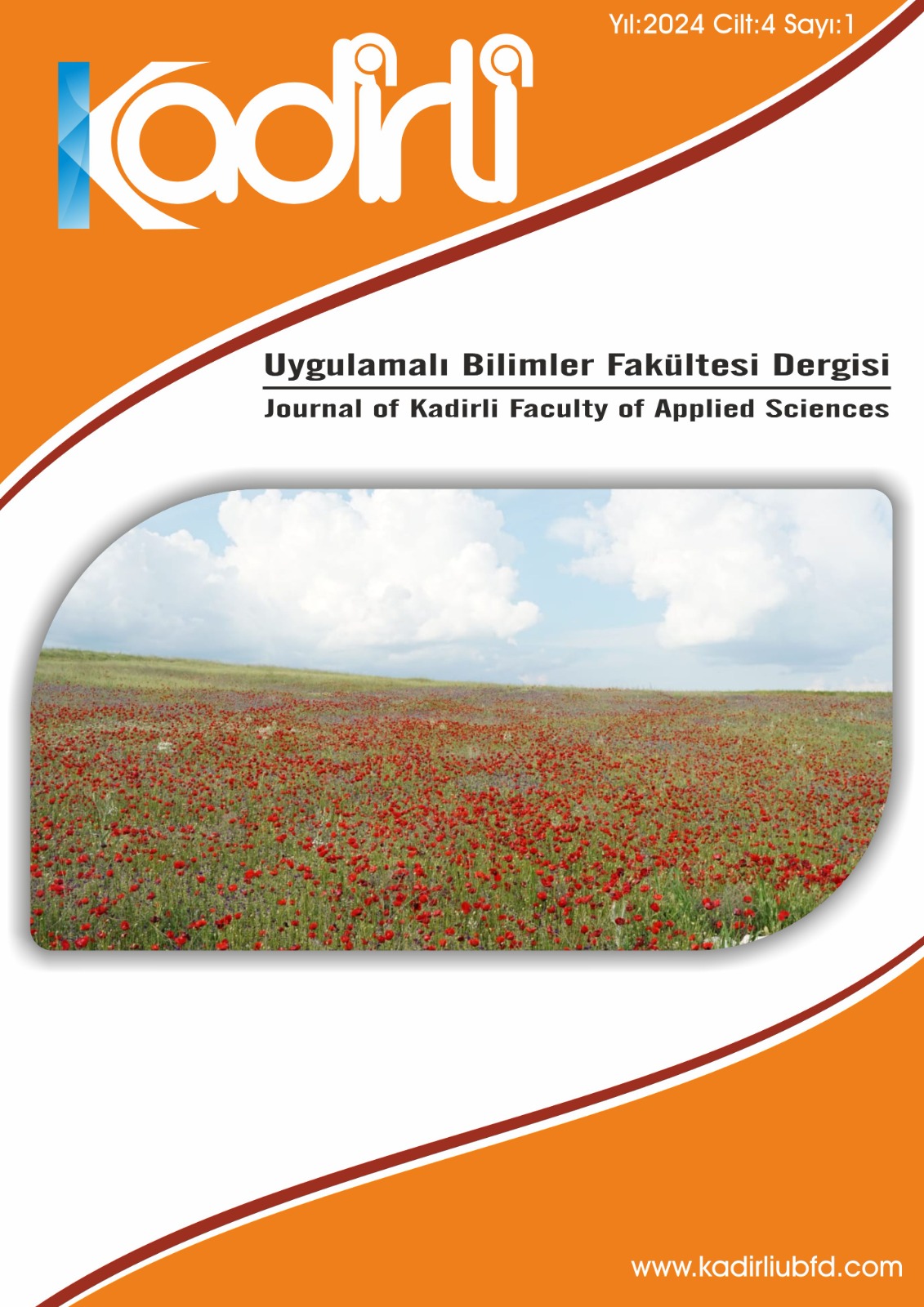Toxic Effects of Disinfectants on Aquatic Organisms
Keywords:
Environmental welfare, Disinfectant, Toxicology, Aquatic ecosystem, Public healthAbstract
Depending on increasing chaotic climatic and microbial changes in recent years, various approaches have emerged to ensure environmental welfare and stabilization of public health. Although disinfection processes are one of them, the presence of disinfection products in the environment has also become a concern, and their toxicological effects on organisms have been questioned. This study was conducted to comparatively investigate and evaluate the effects of various disinfectants on organisms in aquatic ecosystems. For this purpose, toxicity significance levels based on life cycle studies with certain species in the aquatic environment were investigated, and a significant number of studies including the effects of different disinfectant types on target species were grouped. According to the studies examined, it has been observed that organisms are most affected by chlorine exposure due to its economical and easy use. The results showed that disinfectants pose a risk to the ecosystem and may even cause more genotoxic, mutagenic and teratogenic consequences for organisms in long-term exposures.
Downloads
Published
How to Cite
Issue
Section
License
Copyright (c) 2024 Kadirli Uygulamalı Bilimler Fakültesi Dergisi

This work is licensed under a Creative Commons Attribution-NonCommercial-ShareAlike 4.0 International License.





